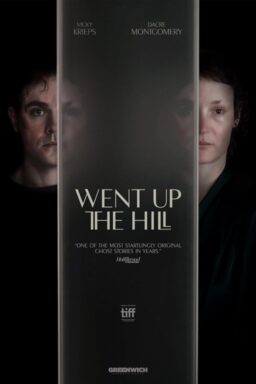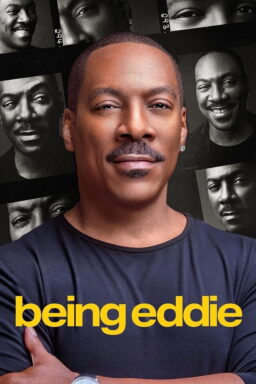
This is not Bresson’s pipe!
I’m always intrigued when critics and academics try to characterize themselves — or the appeal of something they like — primarily in opposition to something else that they don’t like. Or vice-versa. I’m not just talking about contrarianism but, specifically, about attempts to define or justify something not by what it is, but by how it allegedly does not resemble another thing. Like Jonathan Rosenbaum recently did with his pantheon-gate-slamming, anti-Bergman piece (e.g., “His works are seen less often in retrospectives and on DVD than those of Carl Dreyer and Robert Bresson…”), or Prof. Ray Carney in his intro/promo for a series of independent films that flew “under the radar” at the Harvard Film Archive. Tell me what you think of Carney’s “Now how much would you pay?” sales pitch:
If we ask why many of these works are still lurking in the shadows or searching for a distributor, the reasons are not that hard to come up with. These films do not push dependable box–office ticket–sales buttons. Their characters are not “cute,” “charming,” or “sweet” in the “Napoleon Dynamite” way. Their stories are not “clever,” “crowd–pleasing,” or “feel–good” in the “Little Miss Sunshine” way. They do not feature big–name actors making “in–joke” cameos. Though most of these films are made by Gen–Y artists about Gen–Y characters, they don’t even fit the pattern of Gen–Y movies. Their male characters are not introverted and narcissistic; their female characters are not whiney or clingy; and their narratives are not reducible to the group–hug ethos that says everything will be OK if only you have friends. The films in this program do not pander to the prejudices or predilections of young viewers or attempt to flatter audience members of any age. They take the pulse of contemporary American life toughly and unsentimentally. They challenge the viewer to look at experience in new and potentially disorienting ways and, at their best, ask the viewer to think freshly about the untapped expressive possibilities of the art.
It seems to me that this exclusive hard-sell approach shamelessly panders to the prejudices and predilections of young viewers and attempts to flatter audience members of all ages.
At what point do critics turn into fashionistas, more concerned with dictating today’s styles or appealing to hipper/holier-than-thou posers than addressing the movies themselves? To me, this seems like such an adolescent approach: “Yeah, man! Disco sucks!” We all do it on occasion, but some rants are more effective than others.
There’s a terrific discussion at The House Next Door about Carney and his complaints about the lack of mainstream media coverage (greatly exaggerated by Carney) for the series he cannily sold as anti-mainstream. (What did the filmmakers themselves think of that approach?) I don’t know how well Carney’s laboriously insular sales pitch actually worked, selling exclusively to a crowd that wants to flatter itself as anti-mainstream and elite (or elitist). But for me Carney’s prose (perhaps especially his patronizing use of the term “Gen-Y,” which in his hands sounds more than ever like a personal lubricant) destroys any credibility he might have as someone capable of understanding what makes an interesting movie. All I know is what he dislikes about commercial and Sundance-indie stuff, which is pretty much the same crap we’re all sick of. But what does that have to do making a series of “under-the-radar” movies sound appealing? Are these films worth seeing just because they’re NOT “Napoleon Dynamite” or “Little Miss Sunshine”? Wow, what a recommendation.
Does Carney’s approach turn you off as much as it does me? Do so-called “mainstream” anti-intellectualism and Carney’s bitter and equally reactionary anti-anti-intellectualism seem like two sides of a coin?










